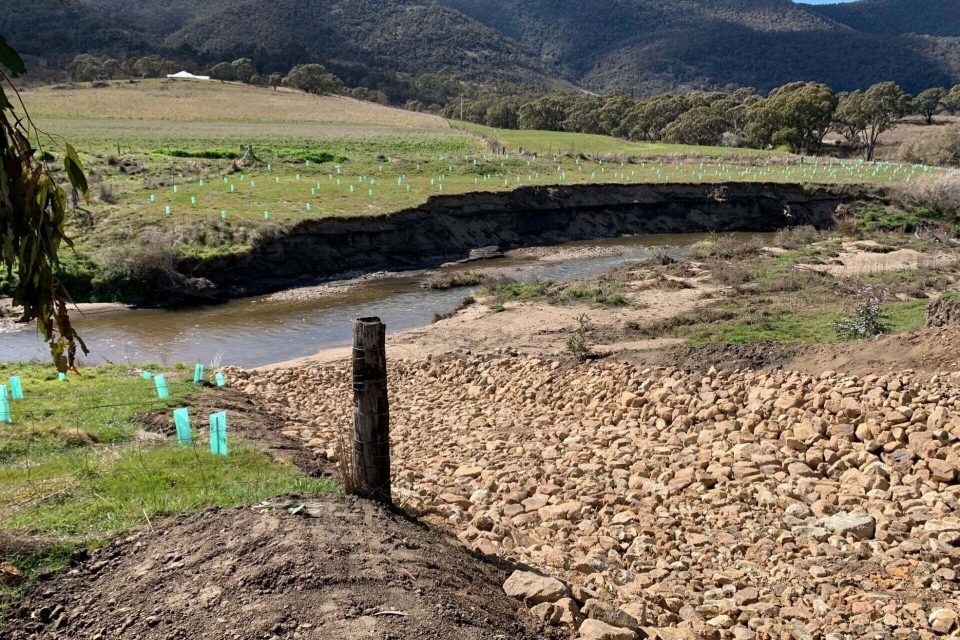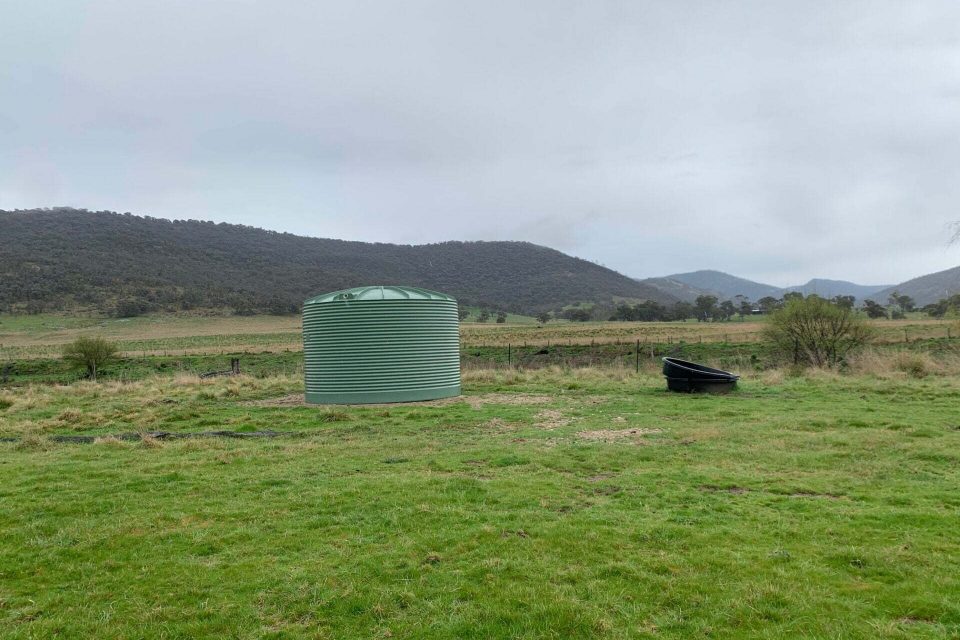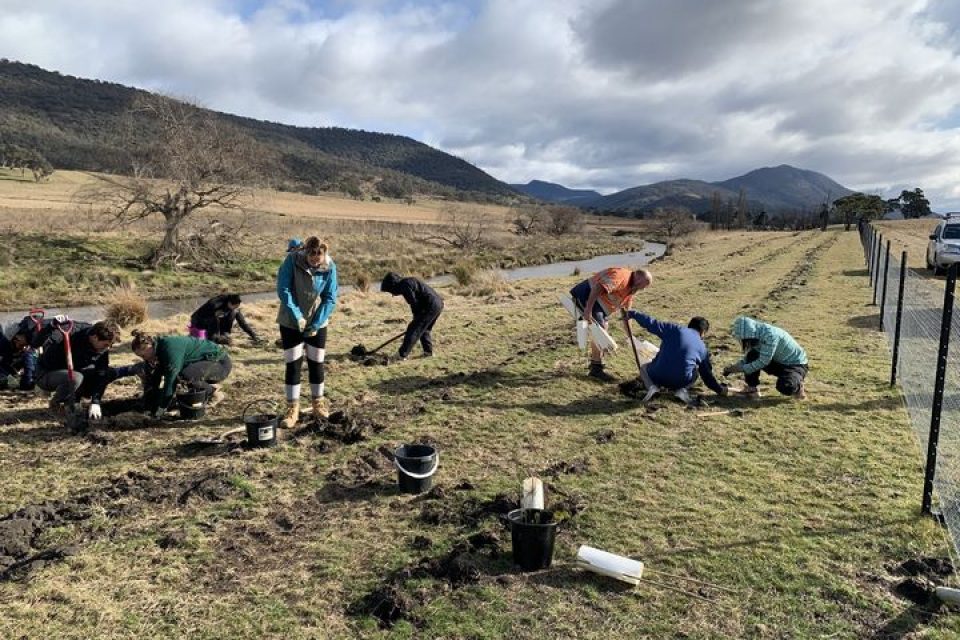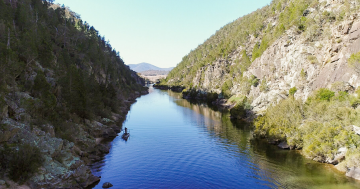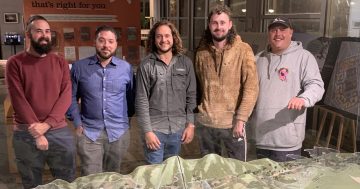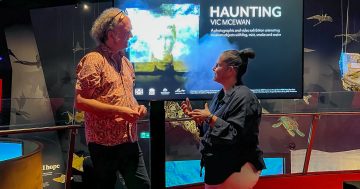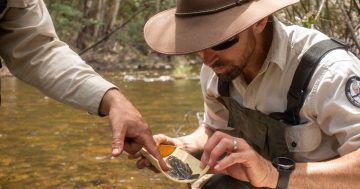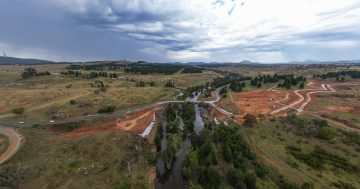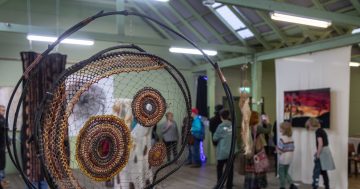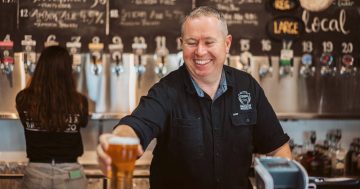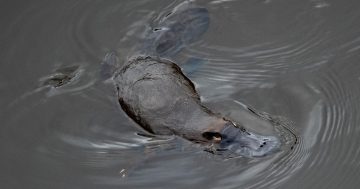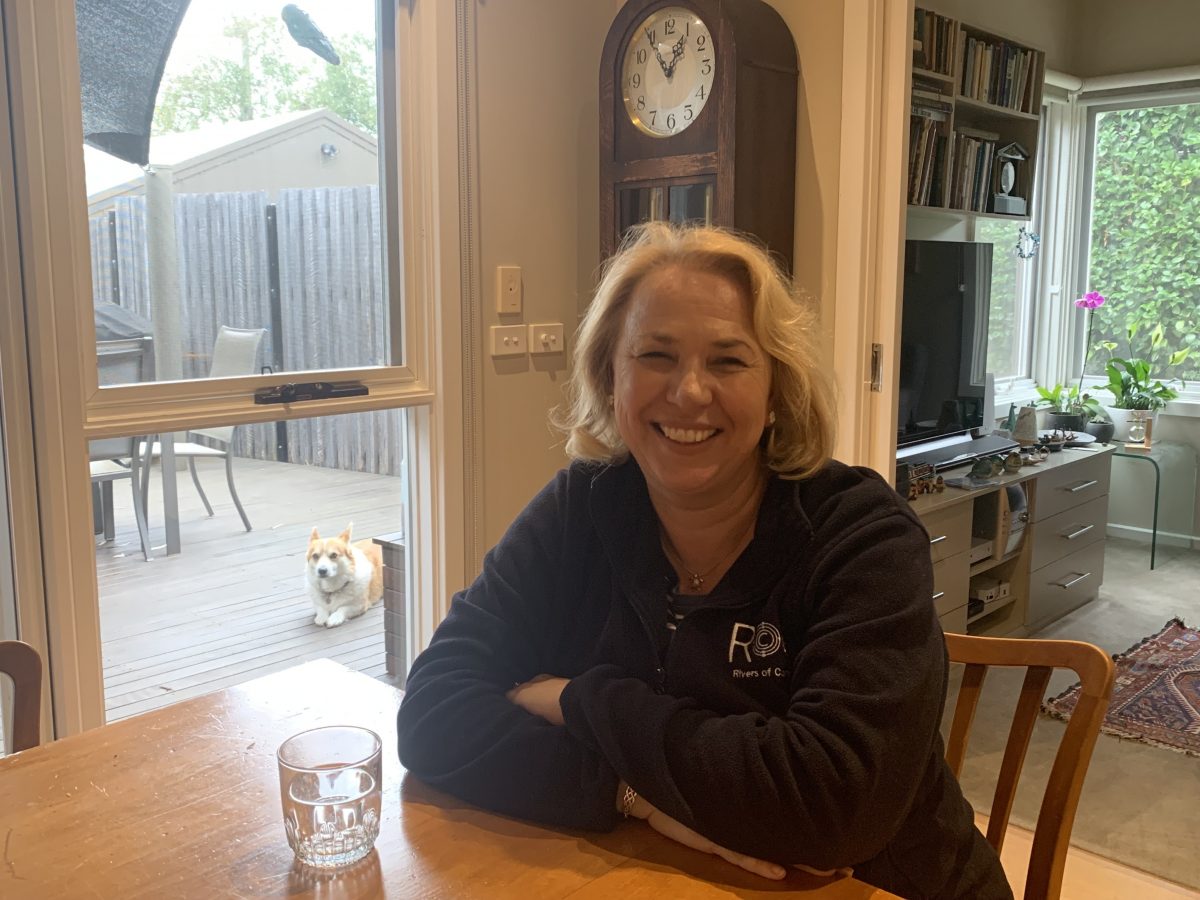
Managing director of the Australian River Restoration Centre and Rivers of Carbon founder, Dr Siwan Lovett (with Frodo the corgi on the patio). Photo: James Day.
Since the beginning of its first project in the Territory in 2021, Rivers of Carbon (ROC) has been working hard to build trust in the community so its team can deliver the best environmental outcome for properties dependent on the region’s waterways.
Built by the Australian River Restoration Centre (ARRC) under the guidance of its two founders – director Dr Siwan Lovett and program manager Lori Gould – the system brings landholders in on the work as equal partners.
Region sat down with Dr Lovett to ask why the co-founders do this, how it has been received, and what they hope to achieve in the ACT.
While environmental scientists and ecologists drive most conservation efforts, Dr Lovett with her background as a social scientist, saw a path for improvement that her colleagues didn’t. Communicating the work they do through a relationship built on trust.
“If you go onto a landholder’s property with a scientist and tell them ‘gosh the river looks terrible’, you’re not going to be invited back,” Dr Lovett says.
“The river is so important for them because of the amount of moisture, which makes it highly productive for cropping but also the most vulnerable part of their properties.
“Instead it’s really important to say, ‘What does the river mean to you? What would you like the river to look like?'”
ARRC was founded 15 years ago. Two years after its genesis, the organisation began ROC so it could undertake work with a more personal touch.
“We’ve been working with a lot of our contacts for a decade or more, and they come back to us every few years when they’re ready to do a new bit of restoration,” Dr Lovett says.
“It’s a real cost-share. We’ll fund the fence, but they have to put it up. We’ll fund the trees, but they have to plant them.
“However we don’t just throw the money at them and run, it’s more of a partnership that gets our hands as dirty as theirs.”
After starting its first project in Yass, the organisation has broadened its operations into Goulburn, Crookwell, Grabben Gullen and the Upper Murrumbidgee River. Recently it took on Water NSW as a client, to help the government authority clean up Sydney’s drinking water catchment.
When initiating contact with landholders, ROC sends a team member to explain what it does, why it’s there and how it can help.
Dr Lovett says the group chooses its team members very carefully because they not only have to be good at talking with people, but also respect the land as much as its owners do.
“Our philosophy is that rivers and people need each other, so we try to see the river as a living entity.
“In New Zealand the Whanganui River is actually considered a formal person with rights, so people take care of it with the same amount of effort afforded to another human being.”
Dr Lovett says the group doesn’t have to spend as much time trying to convince landholders they need to join because many have already bought in on community neighbours sharing the word on what ROC can achieve with their properties.
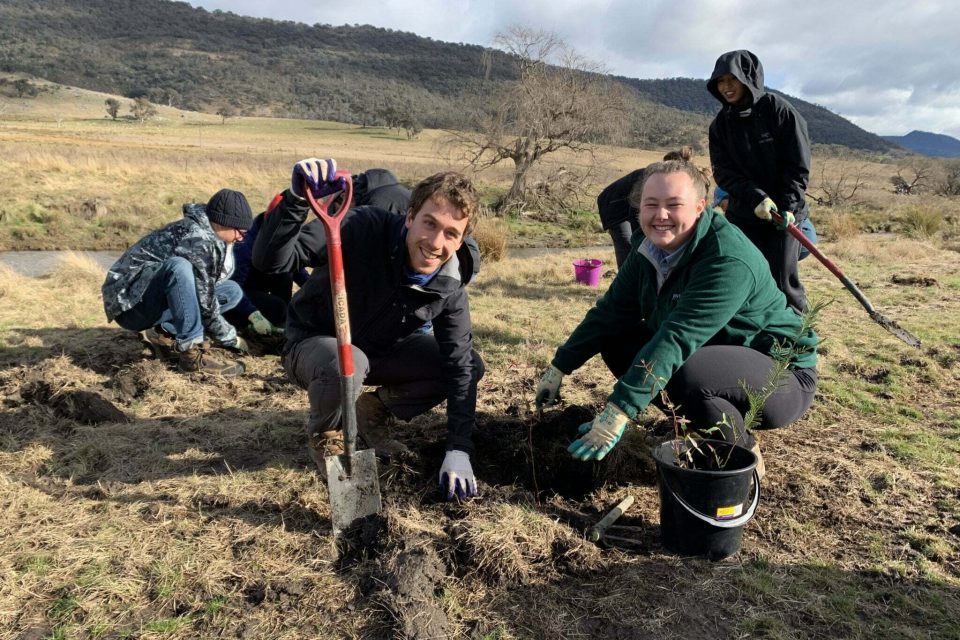
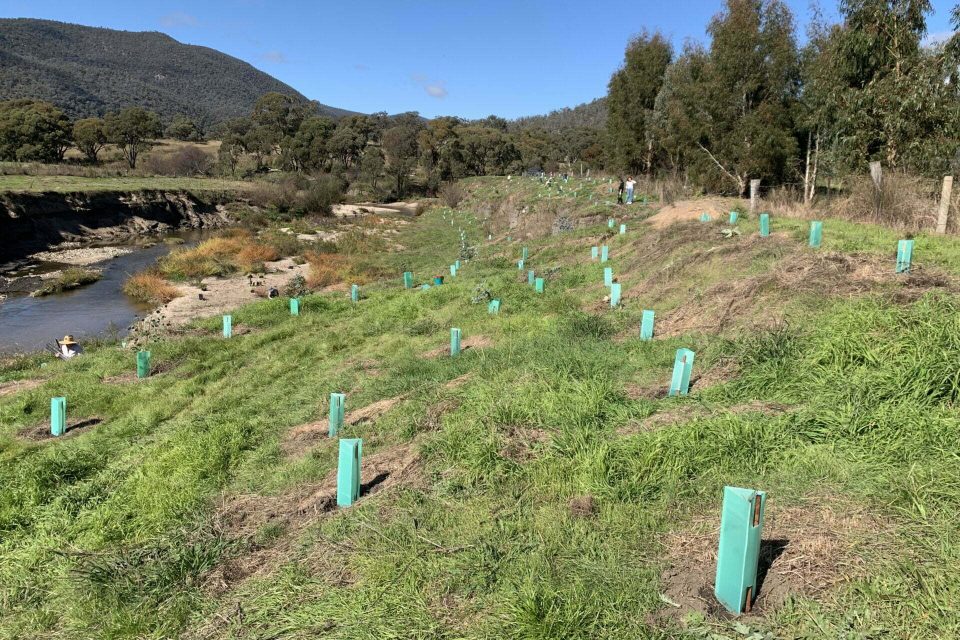
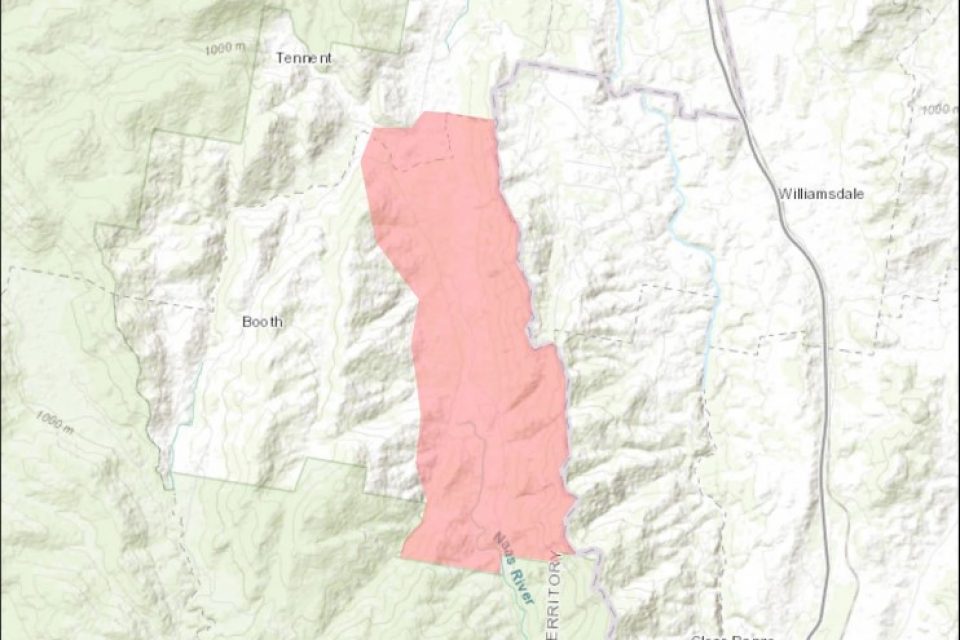
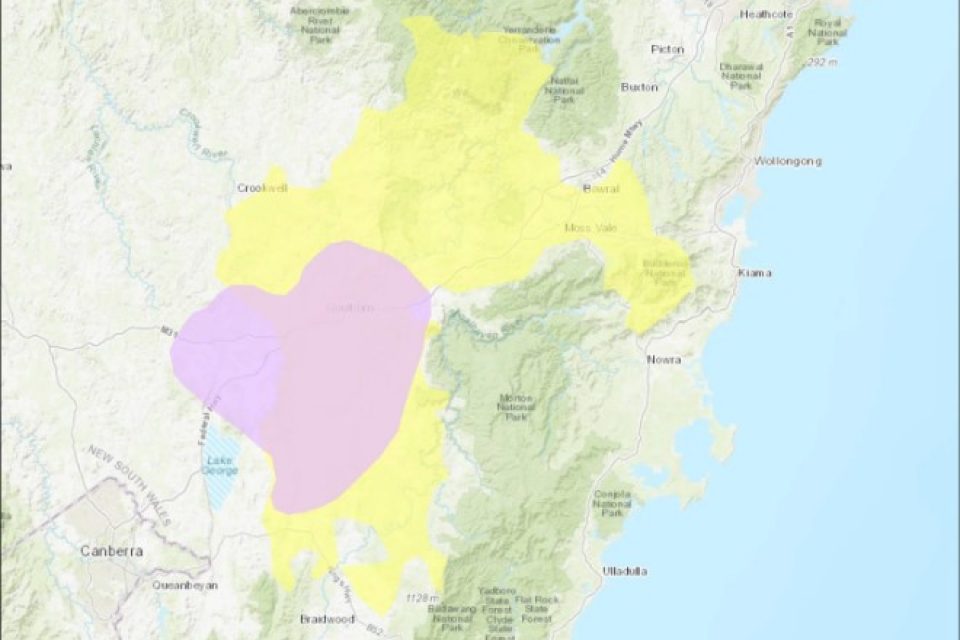
ROC’s first project in the ACT began in July 2021 after it received a grant from the government’s Future Drought Fund to work on the Naas River at the southern end of Namadgi National Park.
The river took priority because its water quality had been heavily impacted by poor land management practices. The Naas flows into the Murrumbidgee River which supports Canberra’s water supply and several species of endangered birds that live in the valley.
Despite failed attempts to correct the damage done, this 10-year project completed its first phase of work in September last year and fulfilled all its objectives in collaboration with Traditional Custodians, local Landcare volunteers, and the owners of properties whose land sits on either side of the river.
Along with improved water quality and biodiversity, the landscape surrounding the river is much more resilient to droughts and bushfires due to the project’s work revegetating its banks with native plants, alleviating erosion, and preventing the future impact of farming stock.
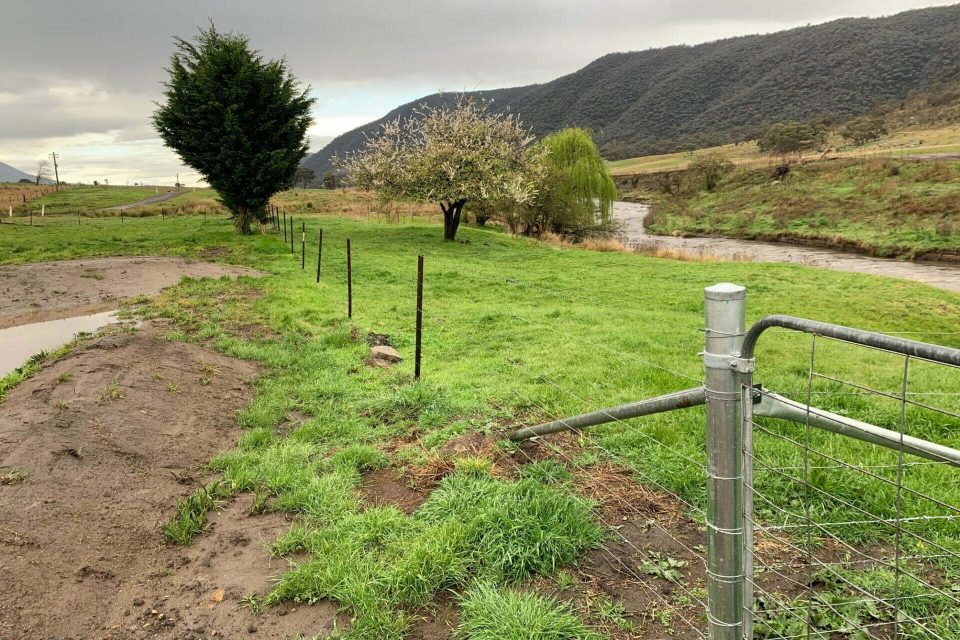
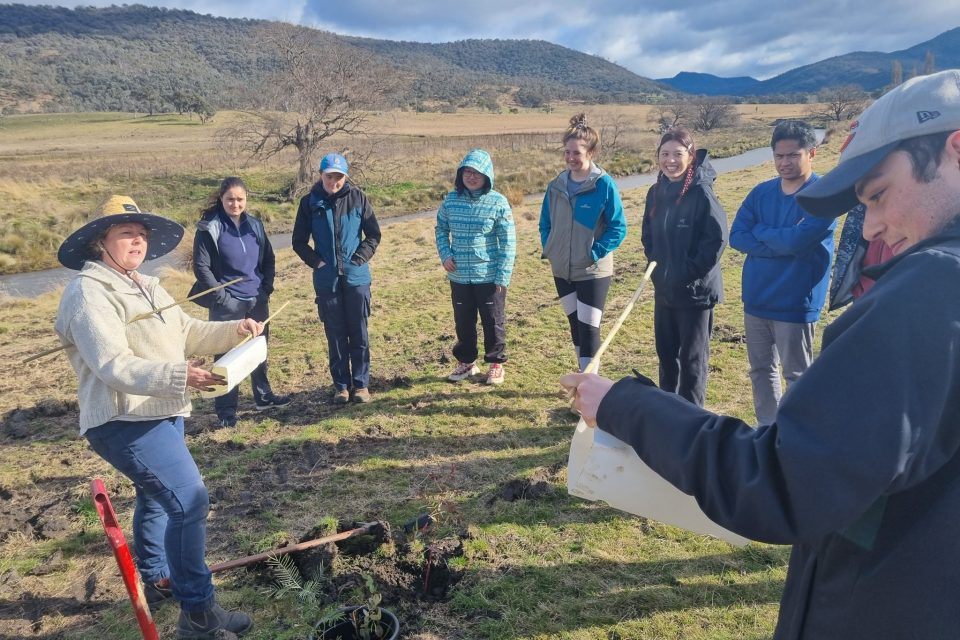
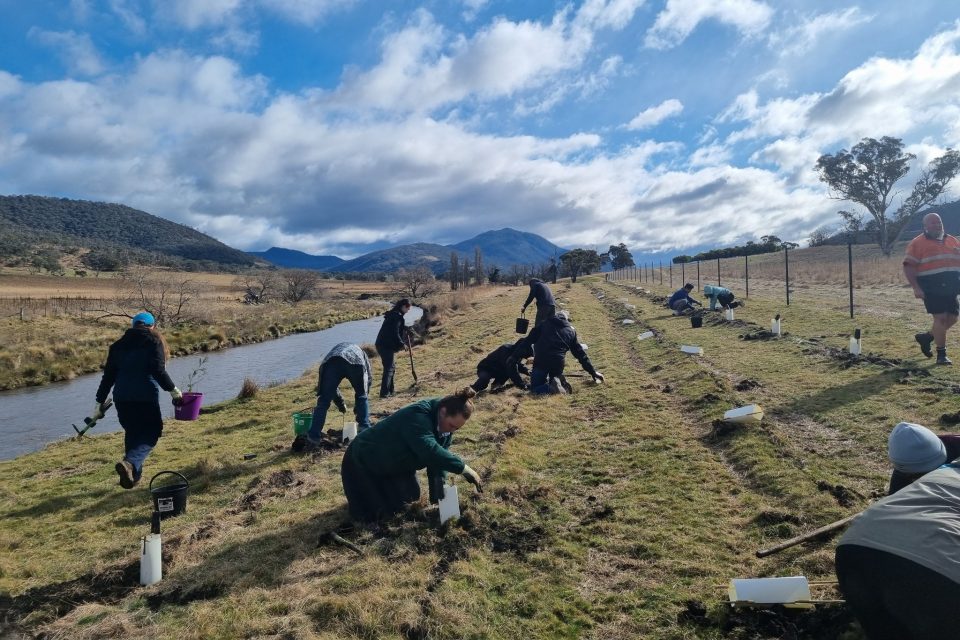
Due to the success of the Naas River project, ROC has been given another one-year grant from the ACT Government to work on the Gudgenby River. The project is set to finish this month, but in spite of the short timeframe Dr Lovett says the team’s done it before and can do it again.
ROC’s team consists mainly of volunteers including former project manager Mikayla Hyland-Wood, who drove the Naas River operation towards its ultimate success. Dr Lovett says the group is always looking for more people to get involved, including landowners and volunteers who can sign up via the link here.
